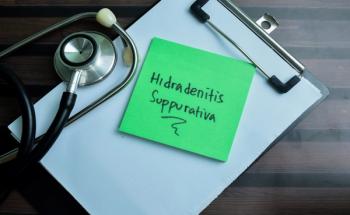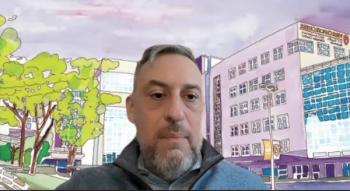
Latest News in Parkinson Disease: Multidisciplinary Care for Advanced Disease, Fruit Compound Shows Promise, and More
An overview of the latest news in Parkinson disease reported across MJH Life Sciences™.
An overview of the latest news in
Multidisciplinary Approach for Device-Assisted Therapy in Advanced Parkinson Disease
In a Peer Exchange series by
Noting the heterogeneous nature of PD, panelists said that in considering approaches such as deep brain stimulation (DBS), a multidisciplinary evaluation to determine the main factor contributing to disability may be warranted, as understanding motor and nonmotor burden could help to determine the surgical target in DBS.
With surgical revisions in patients with DBS occurring in approximately 3% of centers experienced with the procedure and up to 15% in centers with less experience, ensuring the availability of all necessary data could prevent the likelihood of such cases and improve education and uptake of other advanced therapies, noted panelists.
Fruit Compound May Prevent, Reverse Neurological Damage of PD
According to a study on mice conducted by researchers of Johns Hopkins Medicine, the fruit compound farnesol, found naturally in herbs, berries, and fruit, may prevent and reverse neuron degeneration caused by PD.
Published in
In their findings, mice of the intervention group performed better on a strength and coordination test designed to detect advancement of PD symptoms and exhibited 2 times as many healthy dopamine neurons than mice of the control group. Although farnesol is naturally produced, researchers cautioned that safe doses of the compound have not been determined in humans and would warrant further analysis in a controlled clinical setting.
Novel Therapy Improves Brain Energetic Metabolism in Patients With PD
According to positive topline results of the phase 2 REPAIR clinical trials, CNM-Au8 (Clene Nanomedicine) was associated with significantly improved brain energetic metabolism in patients with
As reported by
In findings derived via phosphorous magnetic resonance spectroscopy imaging, the treatment exhibited a statistically significant increase in the study’s primary end point, the mean change in the brain ratio of oxidized nicotinamide adenine dinucleotide to reduced nicotinamide adenine dinucleotide, by an average of 0.589 units (10.4%).
Newsletter
Stay ahead of policy, cost, and value—subscribe to AJMC for expert insights at the intersection of clinical care and health economics.








































